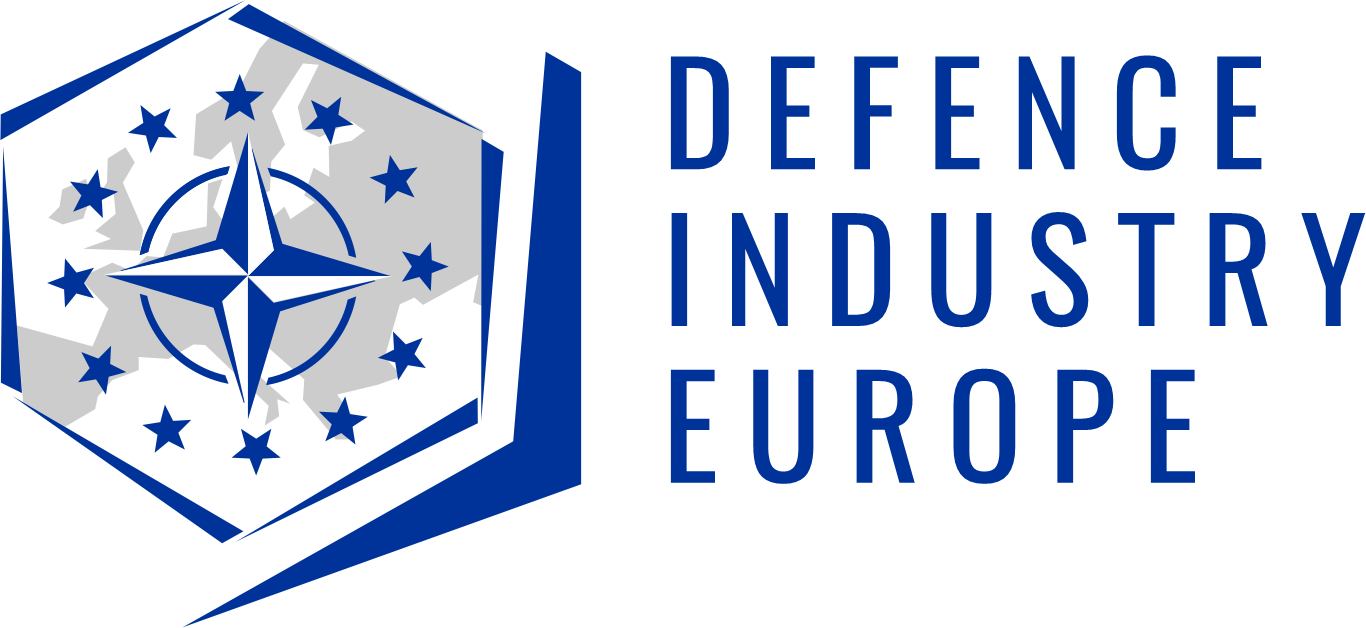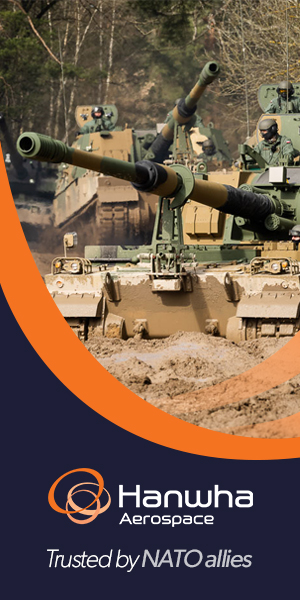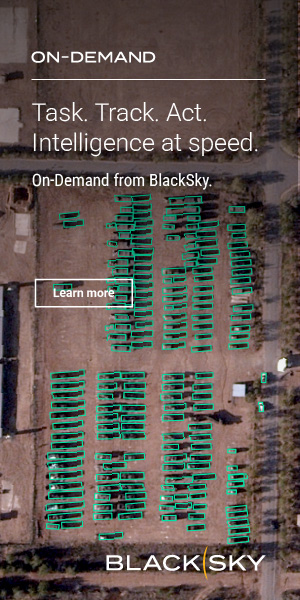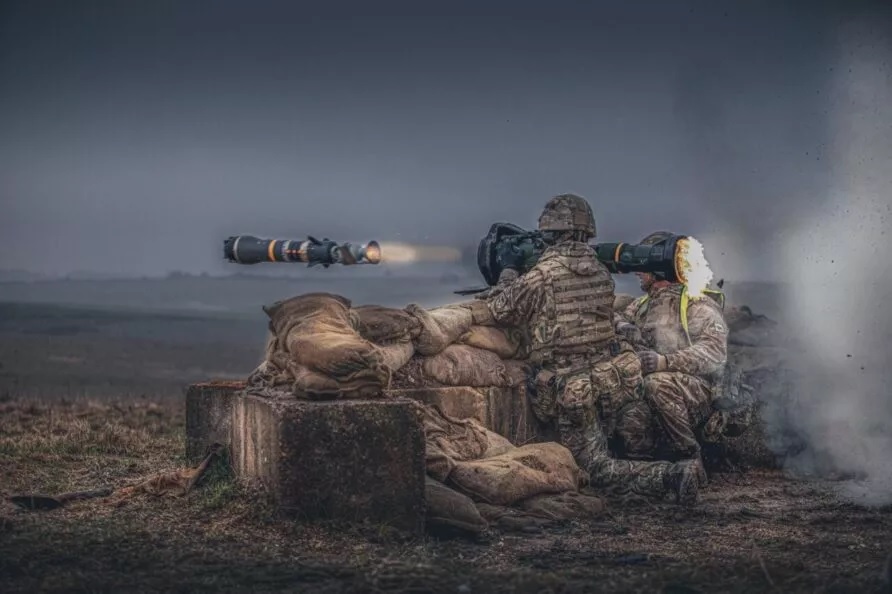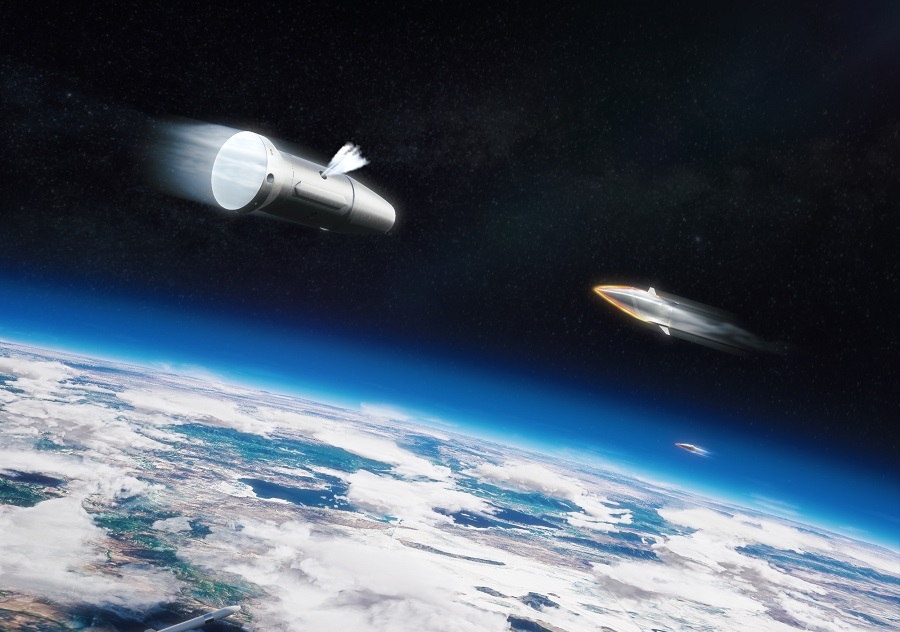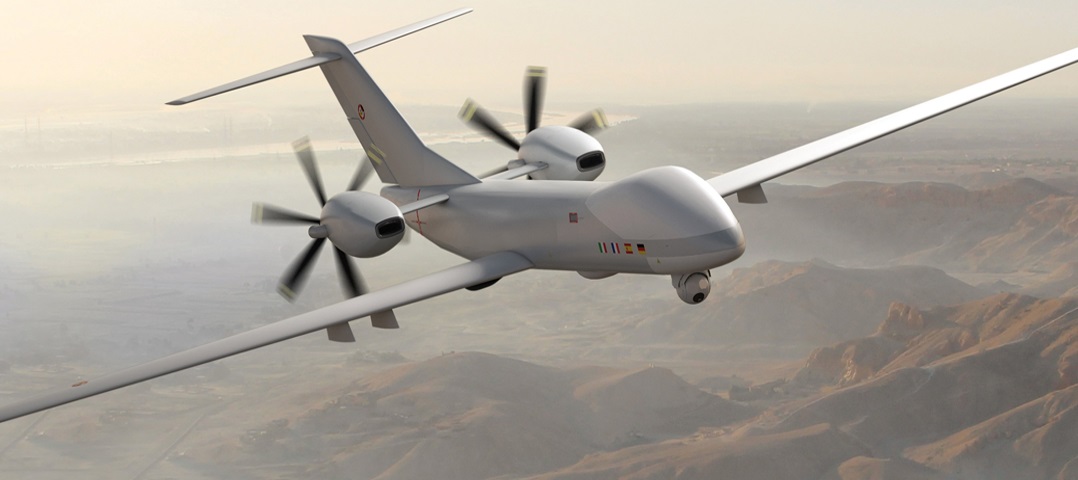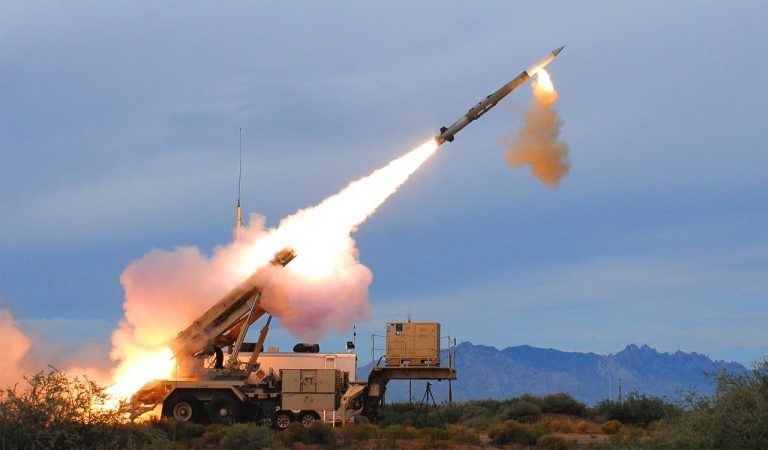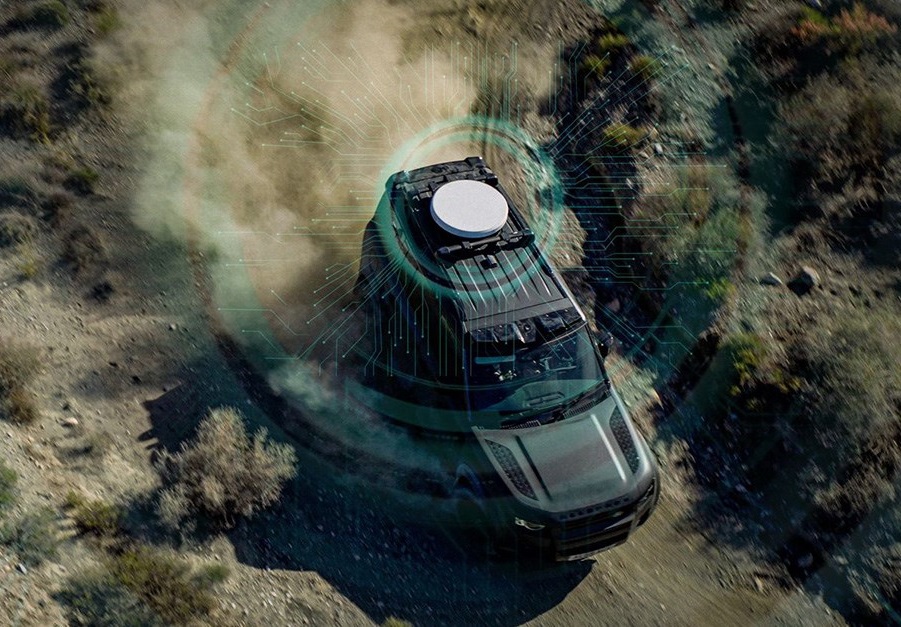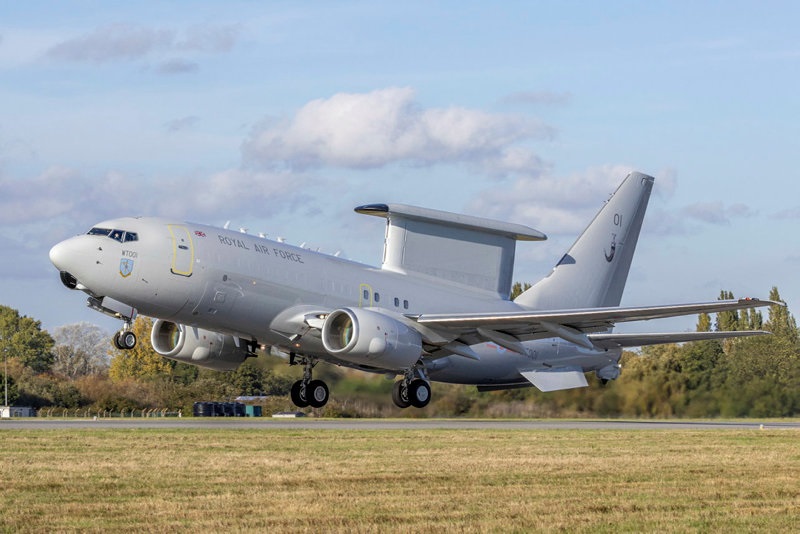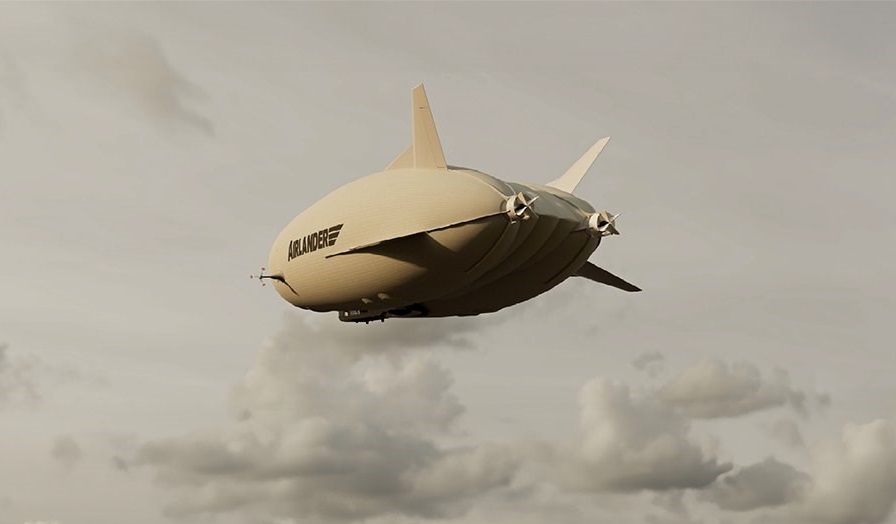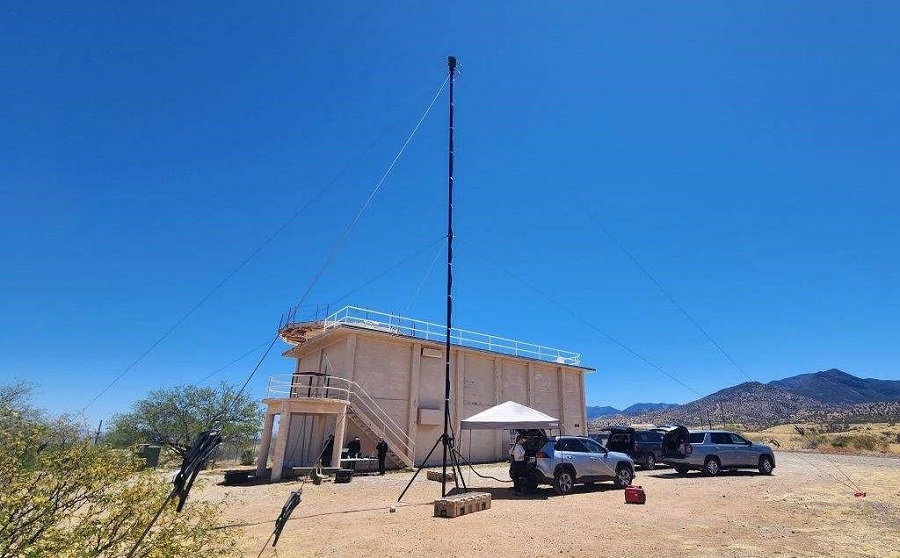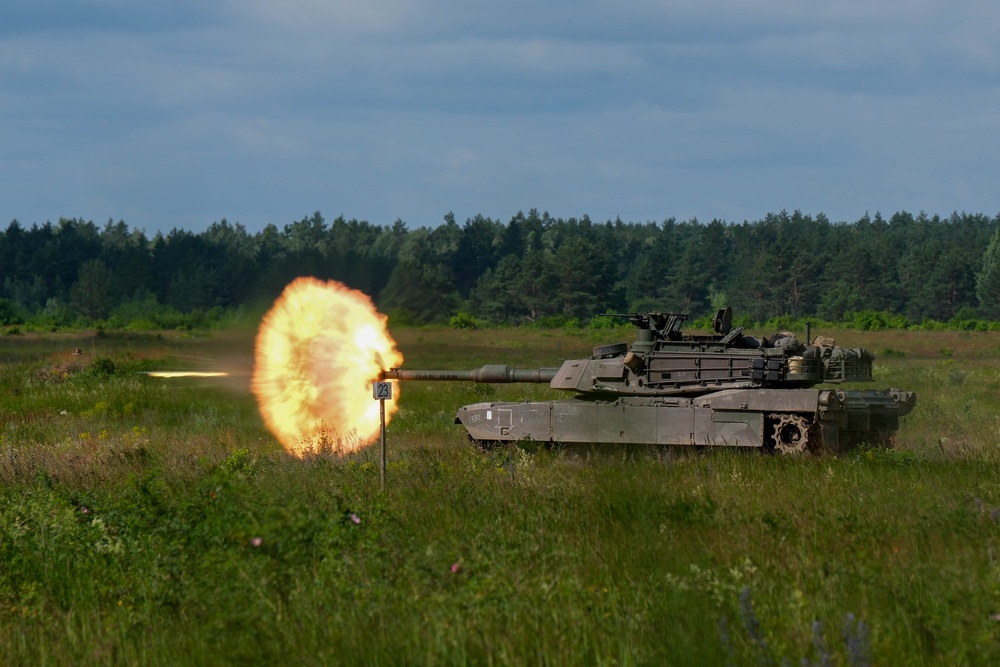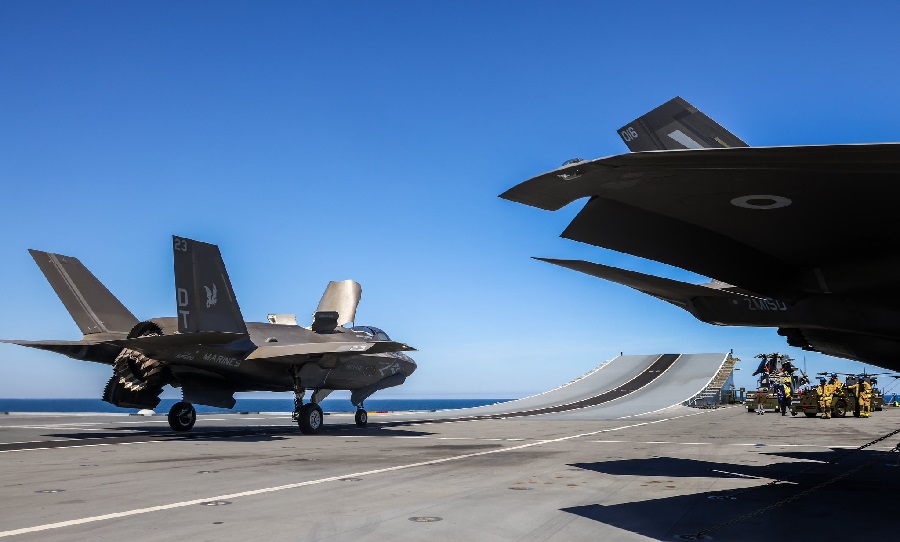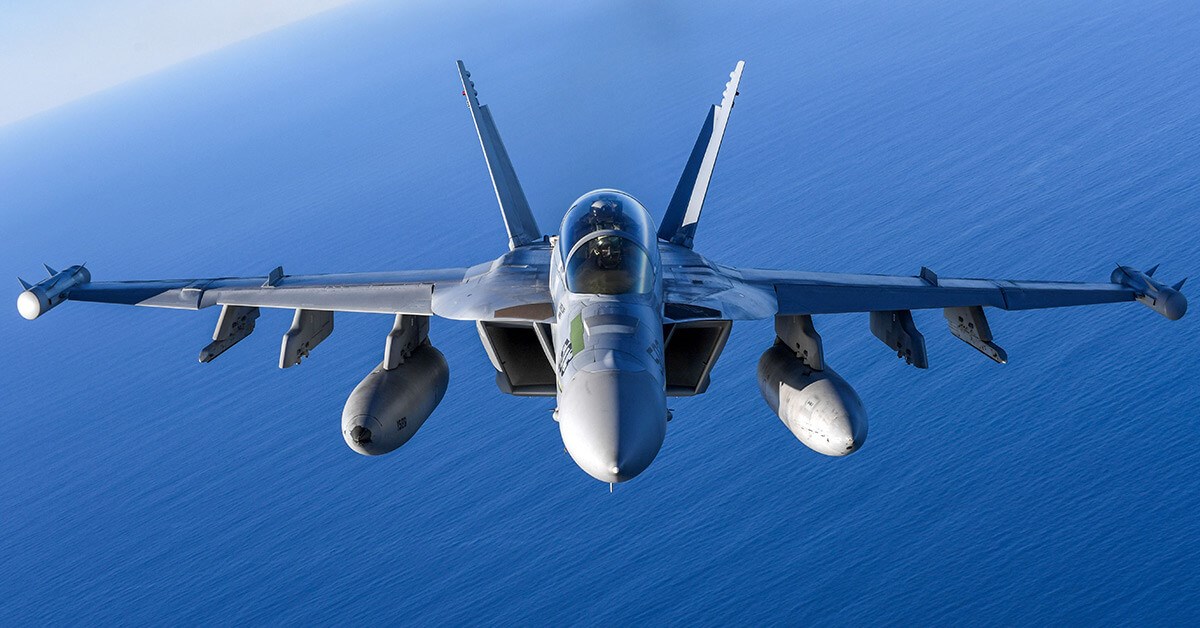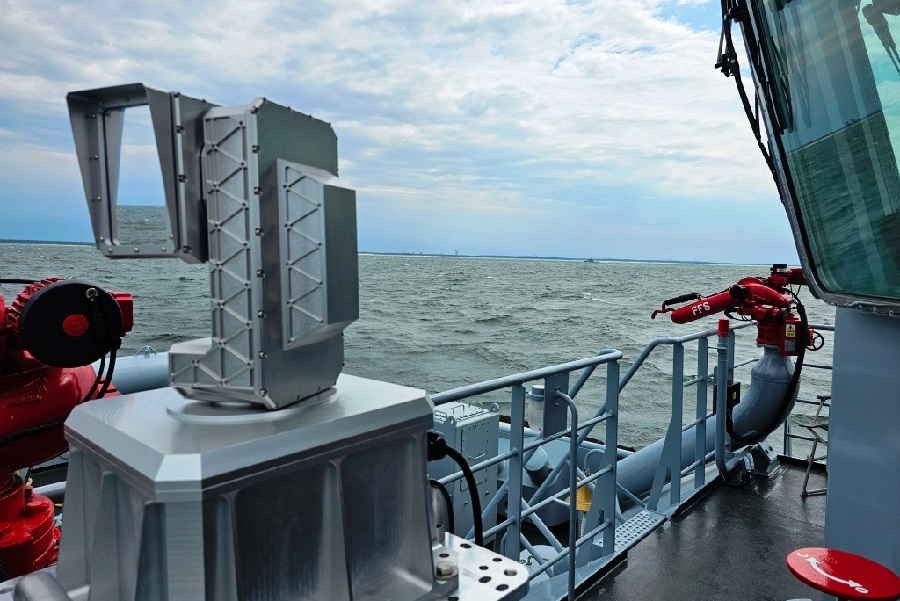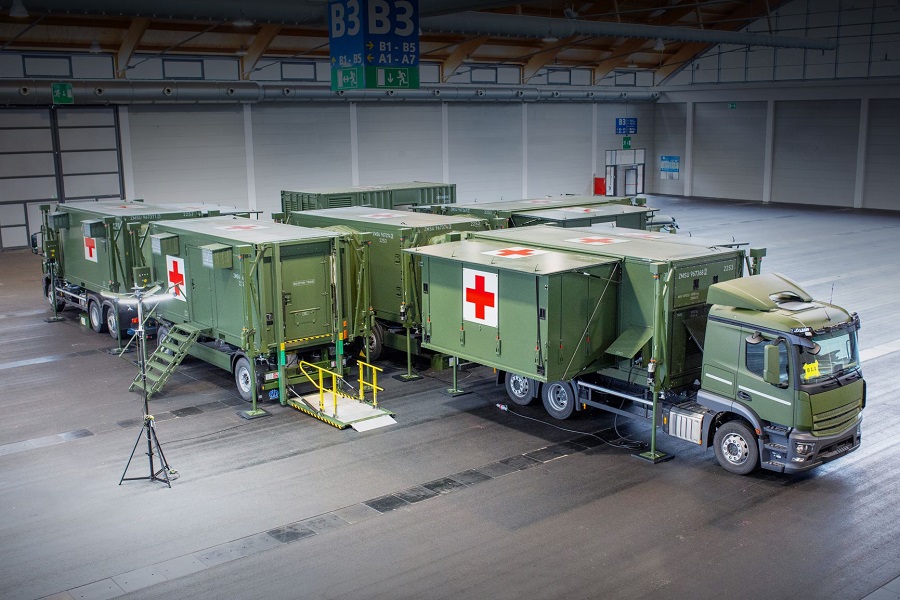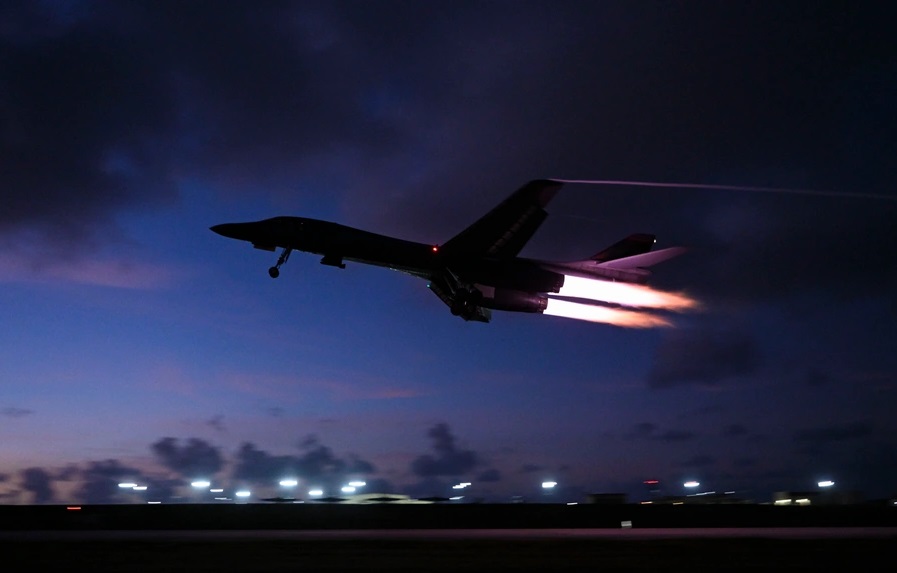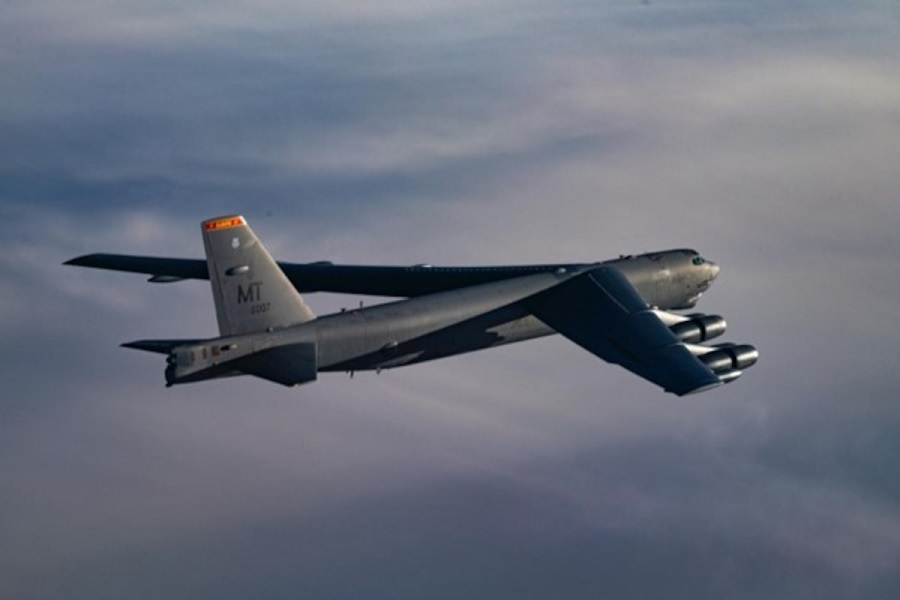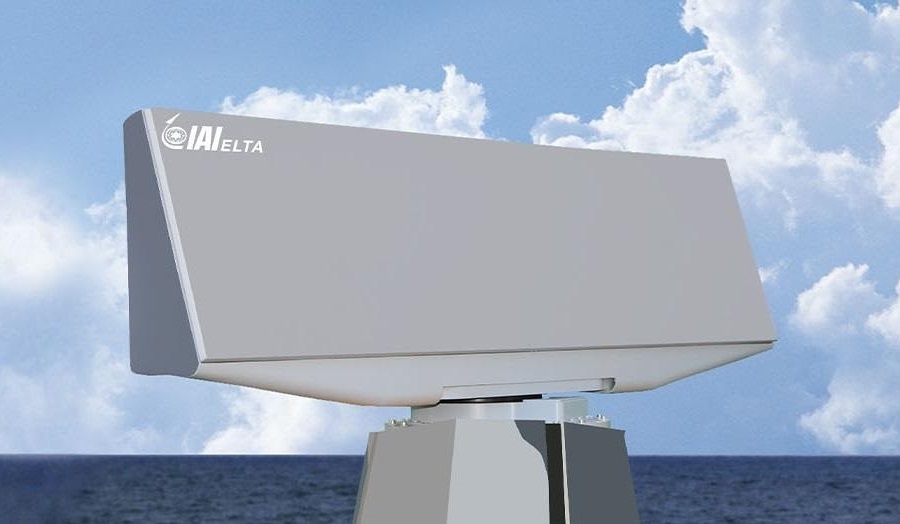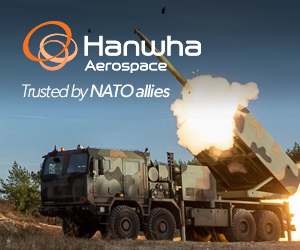The Eurodrone is designed for Intelligence, Surveillance, and Reconnaissance (ISR) missions. It features mission modularity, allowing it to adapt to various ISR tasks.
The requirements and specifications for the Eurodrone were collaboratively prepared by the end users (Germany, Spain, France, and Italy), the public contracting authority (OCCAR), and the participating industrial partners, which include Dassault Aviation, Leonardo, and Airbus Spain. Airbus Germany is the prime contractor for the project.
This initiative aims to ensure European strategic sovereignty, with Germany, France, Spain, and Italy consolidating their requirements under the management of OCCAR MALE RPAS PD. The Eurodrone is seen as a critical capability for international conflict prevention and crisis management, particularly in ISTAR (Intelligence, Surveillance, Target Acquisition, and Reconnaissance) operations.
Since its launch in 2016, the MALE RPAS programme has achieved several key milestones. A Definition Study was conducted to establish common requirements, concluding in 2018 with a System Requirement Review (SRR) and a System Preliminary Design Review (SPDR). Following this, a global contract for development, production, and initial in-service support for 20 systems (comprising 60 aircraft and 40 Ground Control Stations) was successfully negotiated and signed in February 2022. The prime contractor for this phase is Airbus Defence and Space GmbH, with major subcontractors Airbus Defence and Space SAU, Leonardo, and Dassault.
In 2021, the programme received financial backing from the European Commission under the European Defence Industrial Development Programme (EDIDP), leading to the signing of a Grant Agreement with industrial partners. With the completion of initial development design reviews, the manufacturing of the first prototype is set to begin in 2024, with the delivery of serial items expected by the end of the decade.
The Eurodrone is poised to be a crucial asset for future European operations, providing state-of-the-art capabilities and enhancing collaborative combat operations within the Future Combat Air System (FCAS).


